Polish scientists return to research in Ethiopia

After a several-year hiatus, scientists from the University of Warsaw are returning to Ethiopia for research. They will conduct work in Tigray, a region considered the cradle of the country. In preliminary research at the village of Negash, they identified the remains of a settlement, likely dating back to the 7th century AD – a mosque, residential buildings, and a cemetery.
Tigray, located in northern Ethiopia, is home to Aksum, the capital of the first Ethiopian state and the coronation site of Ethiopian emperors until the 19th century. It was also the intersection of Africa's most important trade routes and the part of the continent closest to the Arabian Peninsula, fostering contacts between these two regions. It was there that Polish scientists began their new research.
The interdisciplinary project is co-directed by Dr. Zuzanna Augustyniak (Ethiopianist and ethnographer) and Prof. Kamil Kuraszkiewicz (Egyptologist and archaeologist) from the Faculty of Oriental Studies, University of Warsaw, and also includes Ethiopian partners from the universities of Mekelle, Axum, and Adigrat.
- For the ancient Egyptians, this was the place where the semi-legendary land of Punt, flowing with milk and honey, was located - described Prof. Kamil Kuraszkiewicz in an interview with PAP.
In turn, Negash, where Polish scientists will work, is closely linked to later historical events, namely the birth of Islam.
In the early days of his ministry, neither the Prophet Muhammad nor his followers were warmly received in Mecca. The Prophet persuaded a group of his companions to migrate to the safer city of Aksum, then Christian. According to tradition, a tolerant and benevolent ruler, Al-Negashi, ruled there.
Today in Negash, in addition to the modern settlement, there is a complex commemorating the first Muslim migrants and Al-Negashi himself.
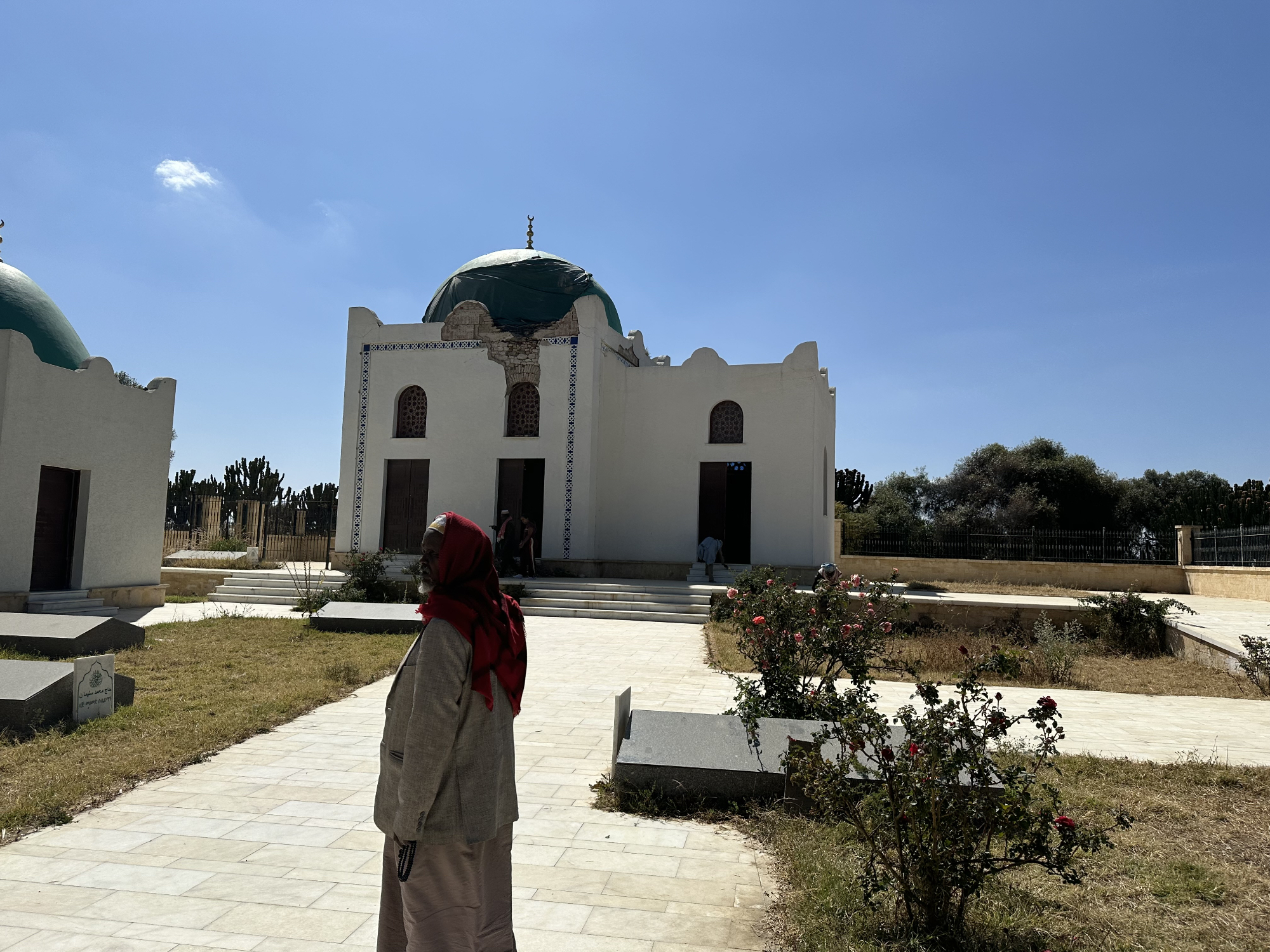
Initial ethnographic research in 2023 revealed that the remains of the original settlement were located somewhat further from the town, in what is now farmland. Researchers identified, among other things, the remains of a mosque, likely the first in Negash.
"We found the remains of several large structures, probably residential, and the old part of the cemetery is also extremely interesting. However, all these places are neglected and overgrown with bushes. The next step will be to clear the ruins of undergrowth and map the area. We are also planning excavations, but it remains to be seen how large an area they will cover," said Professor Kuraszkiewicz.
As he emphasized, the University of Warsaw researchers are just as interested in the ruins of the buildings as they are in how the history of the settlement and the region functions in the minds of contemporary inhabitants.
This aspect will be addressed in ethnographic research by Dr. Zuzanna Augustyniak.
"Two narratives dominate the stories about Ethiopia: that it was the only uncolonized country in Africa and the only one in the Horn of Africa without Christian-Muslim conflict. My ethnographic research will focus on the oral tradition of the Aksumite ruler accepting Muslim refugees, which is meant to demonstrate religious tolerance in the country and mark the beginning of peaceful relations between the followers of both religions. An interesting aspect of these stories is the conflicting information about whether Al-Negashi converted to Islam," Dr. Augustyniak described.
The research will also include an ethnographic walk with the inhabitants of Negash, which will allow for a better understanding of the settlement's symbolic space. This will enable the identification of the most important places for the community. This will also be a valuable source of archaeological knowledge, because, as Professor Kuraszkiewicz adds, the inhabitants know the area where they live better than anyone else, so they can point out traces of the past invisible on the surface.
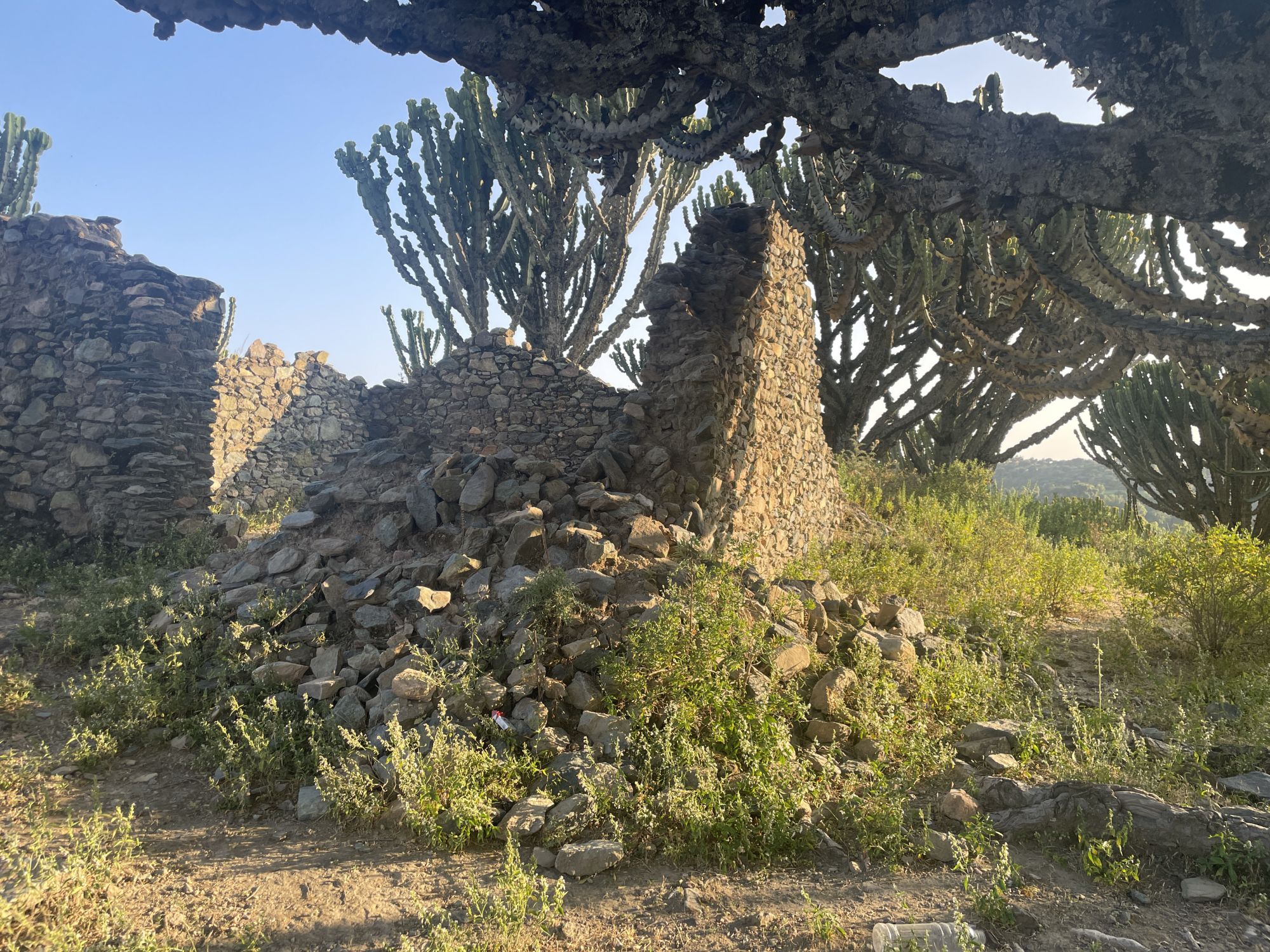
The residents of Negash themselves, say the researchers, are very positive about the project. "The war in Tigray ended in 2022, and the Tigraians clearly have a deep need to rebuild their region. Our initiative can go some way to helping them cope with the post-war trauma," emphasized Dr. Augustyniak.
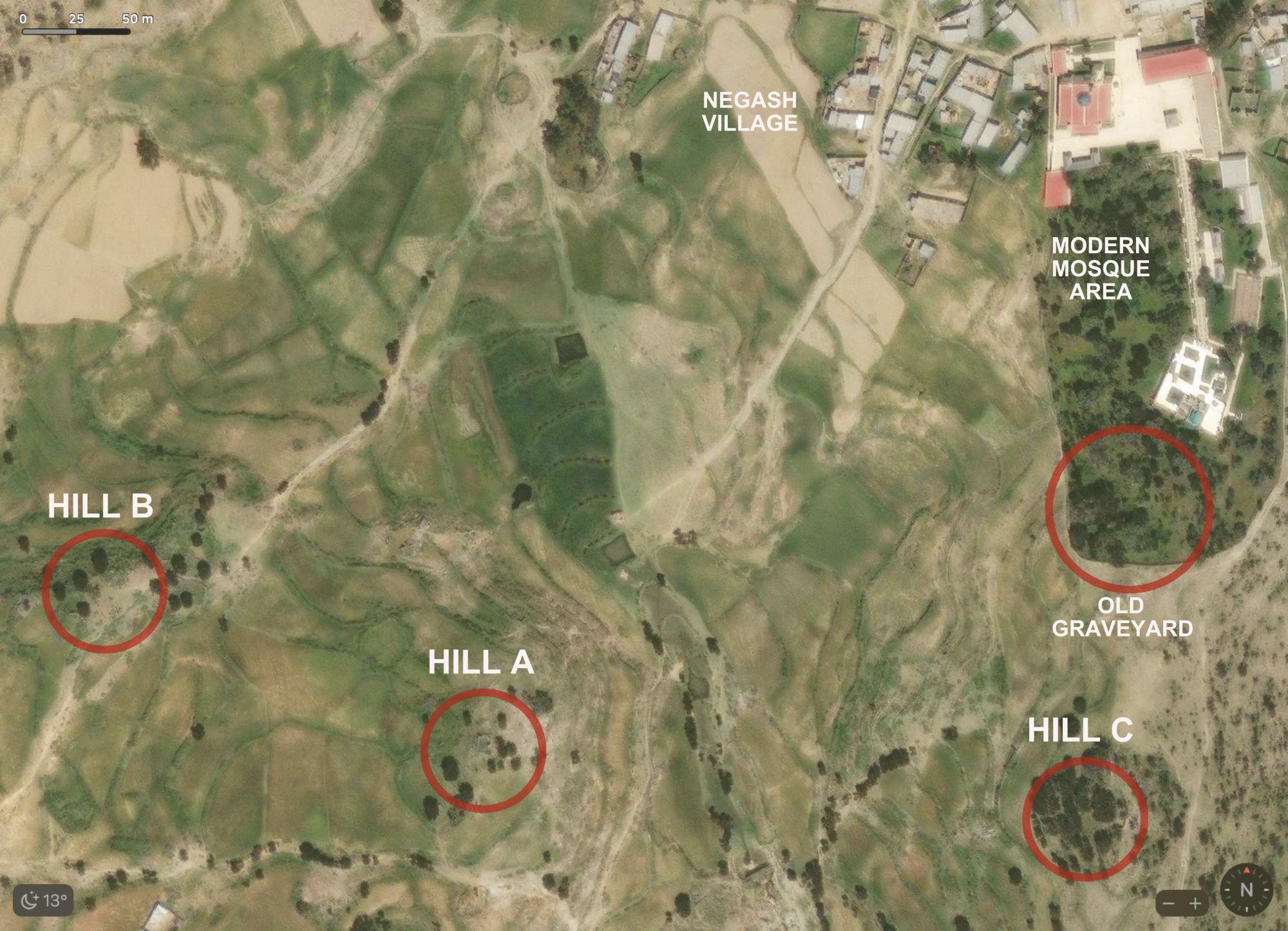
Despite its significant historical significance, this region has long been overlooked by Ethiopian and international scholars. This was due, in part, to the policies of the last Ethiopian emperor, Haile Selassie, and his predecessor, Menelik II, who pursued the so-called Amharization policy. The Amhara are one of the largest ethnic groups in Ethiopia; the emperors' policies focused exclusively on Amharic culture and language, promoting research into the areas where the Amharas lived, i.e., central Ethiopia.
- It was only in the 1990s that world Ethiopian studies began to conduct more in-depth research on other ethnic groups (and there are over 80 of them), including the Tigraians, who constitute only 6 percent of Ethiopian society - explained Dr. Augustyniak.
Scientists from the Centre of Mediterranean Archaeology at the University of Warsaw began their research project in Tigray in 2019. However, it was suspended due to the outbreak of the pandemic.
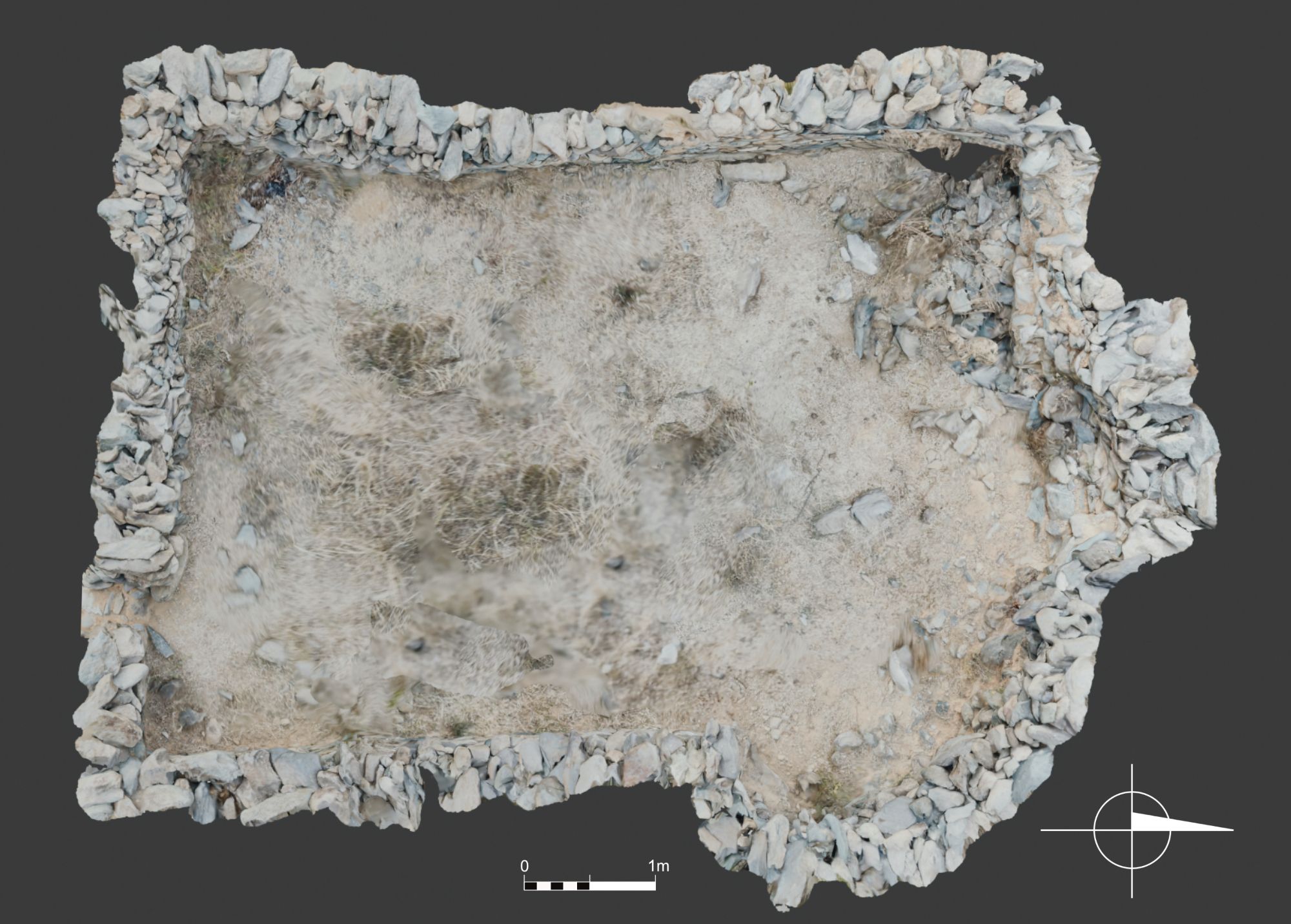
The project led by Dr. Augustyniak and Prof. Kuraszkiewicz differs from previous projects in its interdisciplinary and inclusive nature, combining various scientific disciplines: ethnography, archaeology, and memory studies. An equally important aspect is the involvement of the Ethiopian side in the project – both scientists and local residents, who will be able to benefit from tourism.
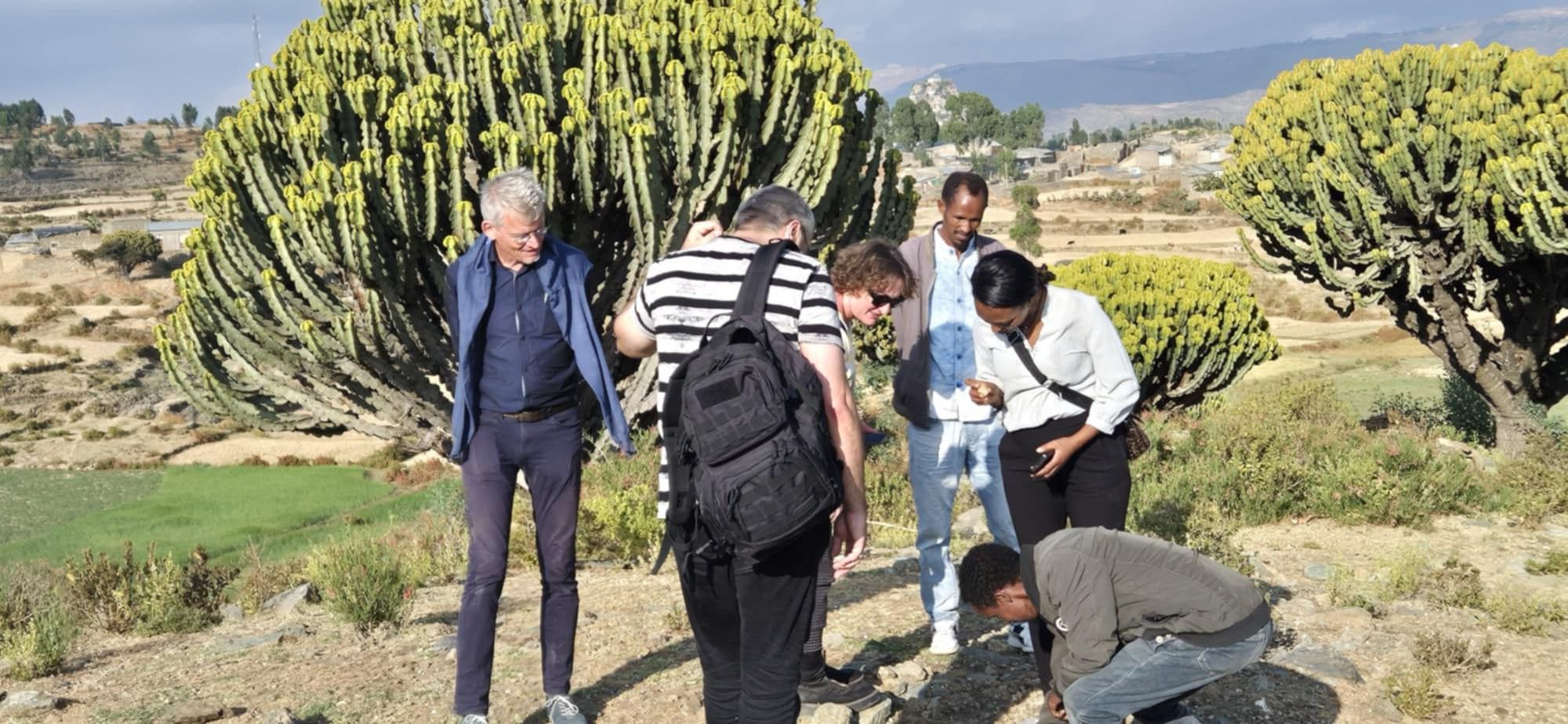
The project was initiated as part of the UW Research University Excellence Initiative programme.
Ewelina Krajczyńska-Wujec (PAP)
ekr/ zan/
The PAP Foundation permits free reprinting of articles from the Nauka w Polsce website, provided that you notify us by email once a month of your use of the website and cite the source of the article. On portals and websites, please include the linked address: Source: naukawpolsce.pl, and in journals, please include the annotation: Source: Nauka w Polsce website - naukawpolsce.pl. This permission does not apply to information in the "World" category or any photographs or video materials.
naukawpolsce.pl





